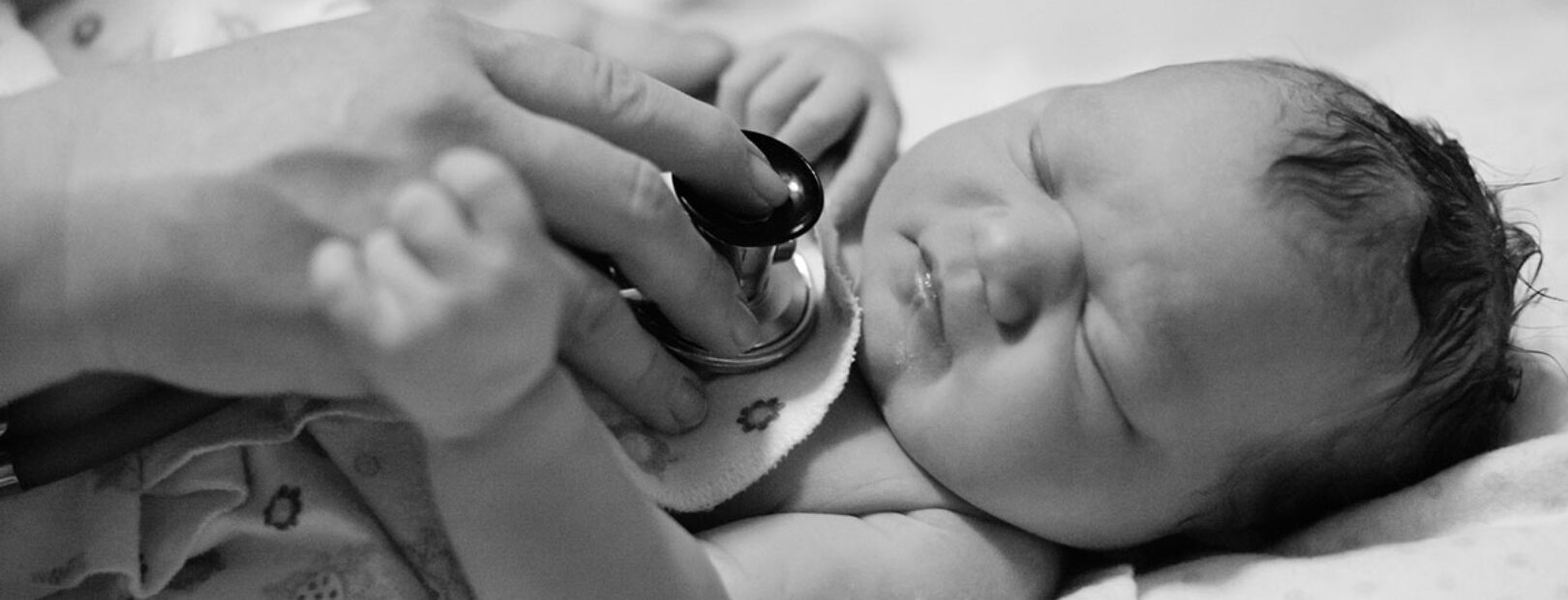Providing Vaginal Birth After Cesarean has a special place in my heart.
As a woman who has had 3 Vaginal Births After 2 Cesarean Sections, I know how difficult it can be to find a supportive provider for a trial of labor after having a cesarean section. I want to help educate you on your options, the risks and support your decision whether it is safer to have a hospital birth or you are a good candidate for Midwifery Care and Trial of Labor/Homebirth.
Are you looking for a Vaginal Birth After Cesarean (VBAC)?
After a cesarean, most women have two choices for future births: a vaginal birth after cesarean (VBAC) or a repeat cesarean section (RCS). There is a lot of misinformation about these two options. Let’s review some quick facts.
Per the American Congress of Obstetricians and Gynecologists (ACOG, 2010), VBAC is a “safe and appropriate choice for most women” with one prior cesarean and for “some women” with two prior cesareans. Being pregnant with twins, going over 40 weeks, having an unknown or low vertical scar, or suspecting a “big baby” should not prevent a woman from planning a VBAC (ACOG, 2010).
Research on uterine scar thickness (Kamel, 2009) and single vs. dual layer suturing (Humphries, 2004) are on-going as the studies completed thus far are not strong enough to provide conclusive support for specific actions.
VBAC is successful 75% of the time (Coassolo, 2005; Huang, 2002; Landon, 2004; Landon, 2006; Macones, 2005). Successful VBACs have lower complication rates than planned repeat cesareans which have lower complication rates than “failed” VBACs (Landon, 2004), otherwise known as cesarean birth after cesarean or CBAC.
Uterine rupture is the major concern in terms of VBAC and while it can be catastrophic, it is rare (National Institutes of Health, 2010).
Permitting labor to begin naturally after one prior low transverse (“bikini cut”) cesarean carries a 0.4% risk of rupture which can increase upon labor augmentation or induction (Landon, 2004). These rates are similar to other serious obstetrical emergencies such as placental abruption, cord prolapse, and post partum hemorrhage.
Cesarean risks, including placenta accreta, hysterectomy, blood transfusion, and ICU admission, increase with each surgery (Silver, 2006); whereas after a successful VBAC, the future risk of uterine rupture, uterine dehiscence, and other labor related complications significantly decrease (Mercer, 2008).
With each option, the risk of maternal death is very low: 0.02% VBAC vs. 0.04% RCS (Landon, 2004). Additionally, the risk of adverse infant outcomes during a VBAC is 0.05% which is “quantitatively small but greater than that associated with elective repeat cesarean delivery” (Landon, 2004).
45% of American women are interested in the option of VBAC (Declercq, 2006), yet 92% have a RCS (Osterman, 2011). Some women chose their RCS or it was medically necessary. Others felt like they didn’t have much of a choice for numerous reasons including hospital VBAC bans (Kamel, 2010); unsupportive health care providers, friends, and family (Kamel, 2009b & 2010b); or the misrepresentation of VBAC risks (Kamel, 2009b & 2010b).
Read more here: http://vbacfacts.com/quick-facts


